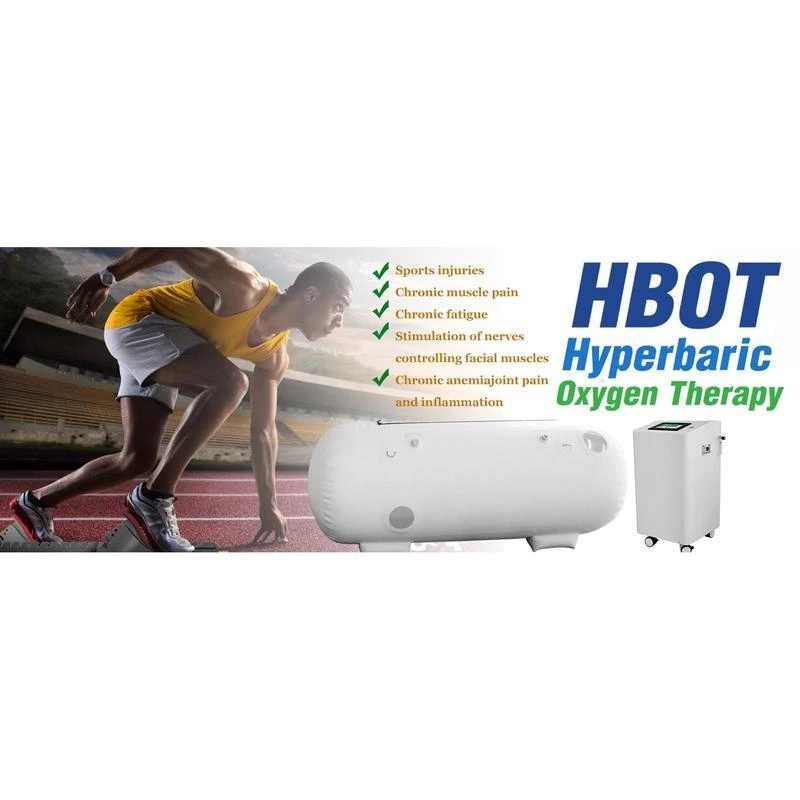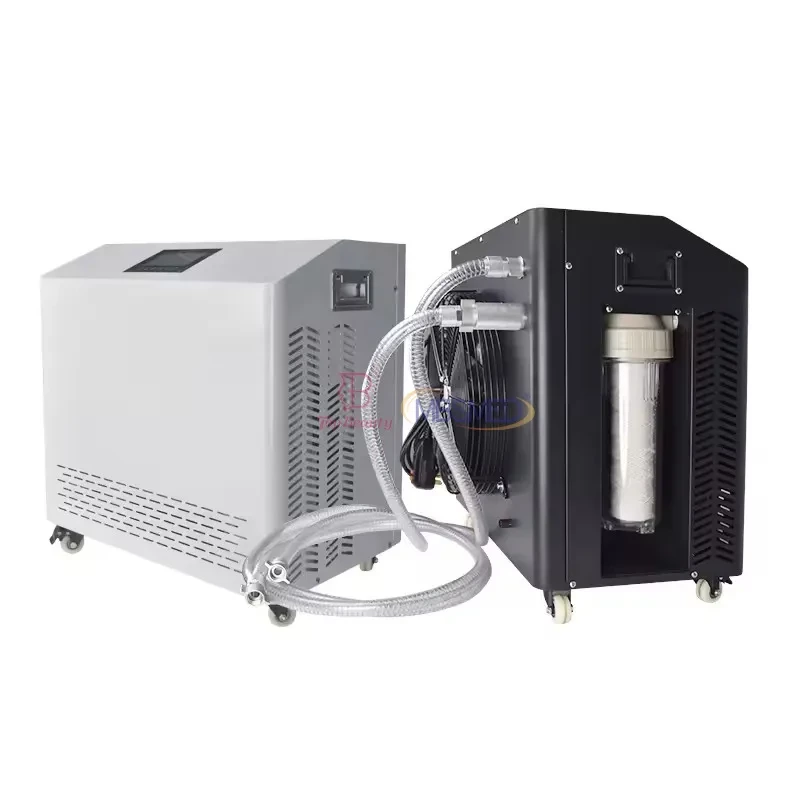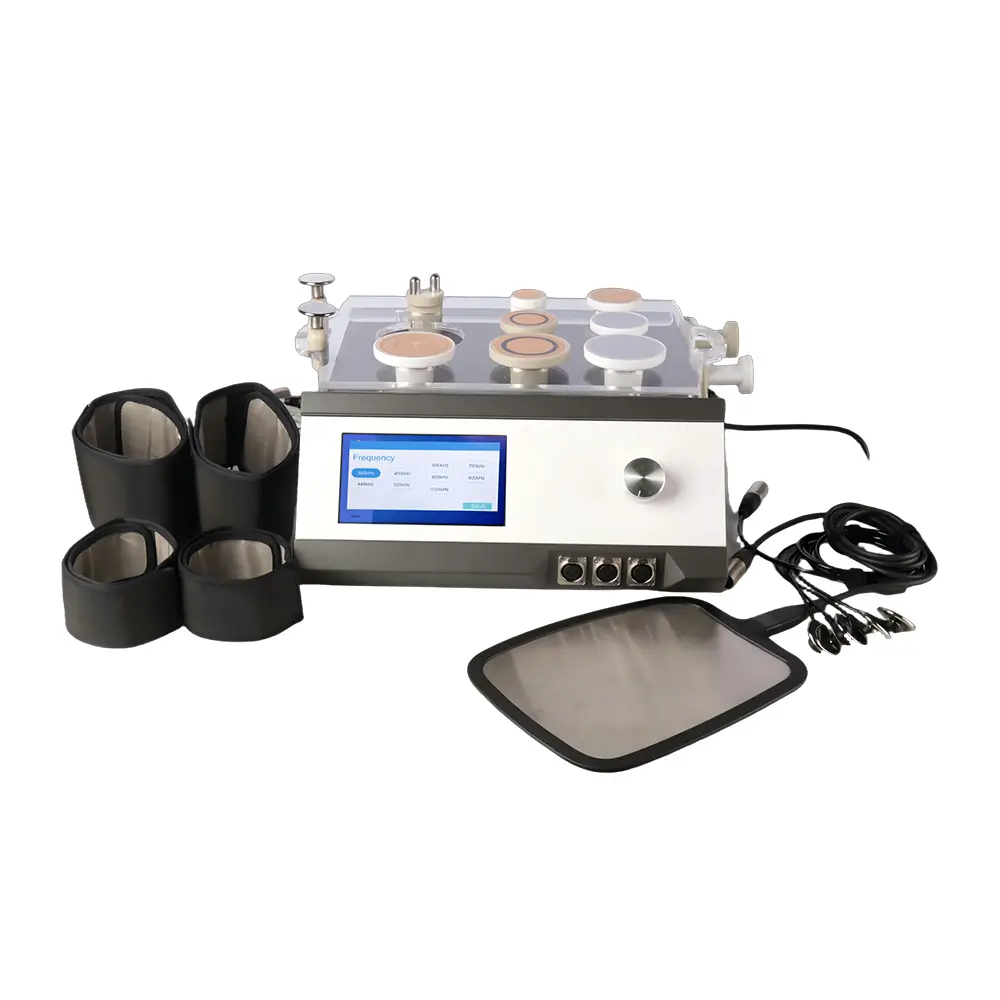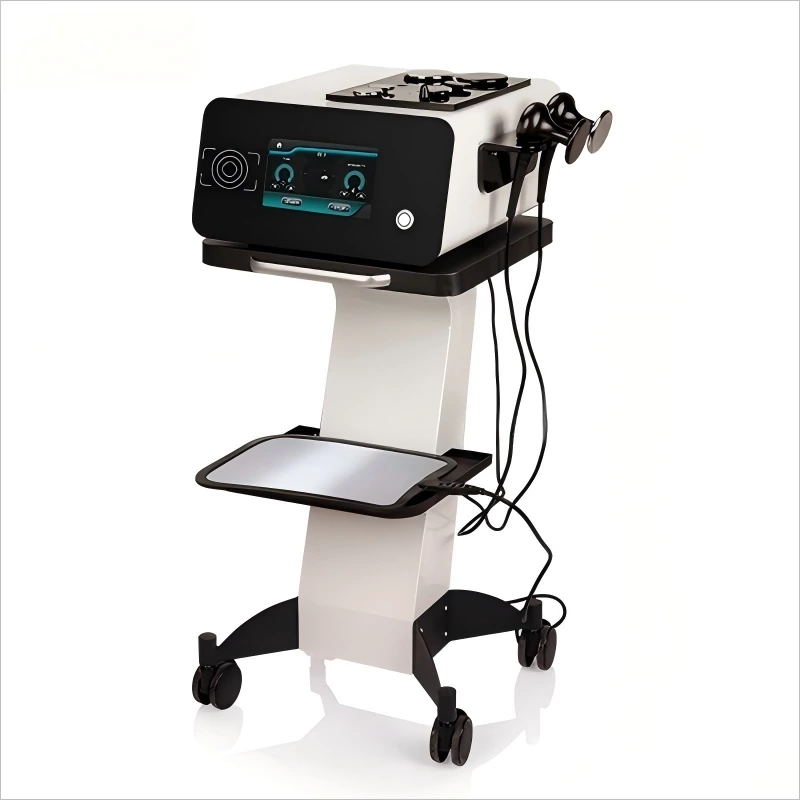Ice Bath Chillers The Ultimate Recovery Tool For Athletes
The Benefits of Cold Water Therapy for Athletes Cold water therapy, also known as cryotherapy, has gained popularity among athletes as a recovery technique. The practice involves immersing the body in
The Benefits of Cold Water Therapy for Athletes
Cold water therapy, also known as cryotherapy, has gained popularity among athletes as a recovery technique. The practice involves immersing the body in cold water to stimulate physiological responses that aid in reducing muscle soreness and improving overall performance. Athletes have long sought methods to enhance their recovery, and cold water therapy has emerged as a promising solution. By understanding its benefits and how it works, athletes can make informed decisions about incorporating this technique into their training regimens. Cold water therapy is not just a trend; it is backed by science and has been used by athletes across various disciplines to gain a competitive edge.
Physiological Effects of Cold Water Therapy
Cold water therapy induces several physiological responses that are beneficial for athletes.
- Vasoconstriction and Vasodilation: When the body is exposed to cold water, blood vessels constrict, and upon warming up, they dilate. This process helps in flushing out metabolic waste products that accumulate during intense exercise.
- Reduced Inflammation: Cold temperatures have anti-inflammatory effects, which can help in reducing muscle soreness and inflammation caused by strenuous workouts.
- 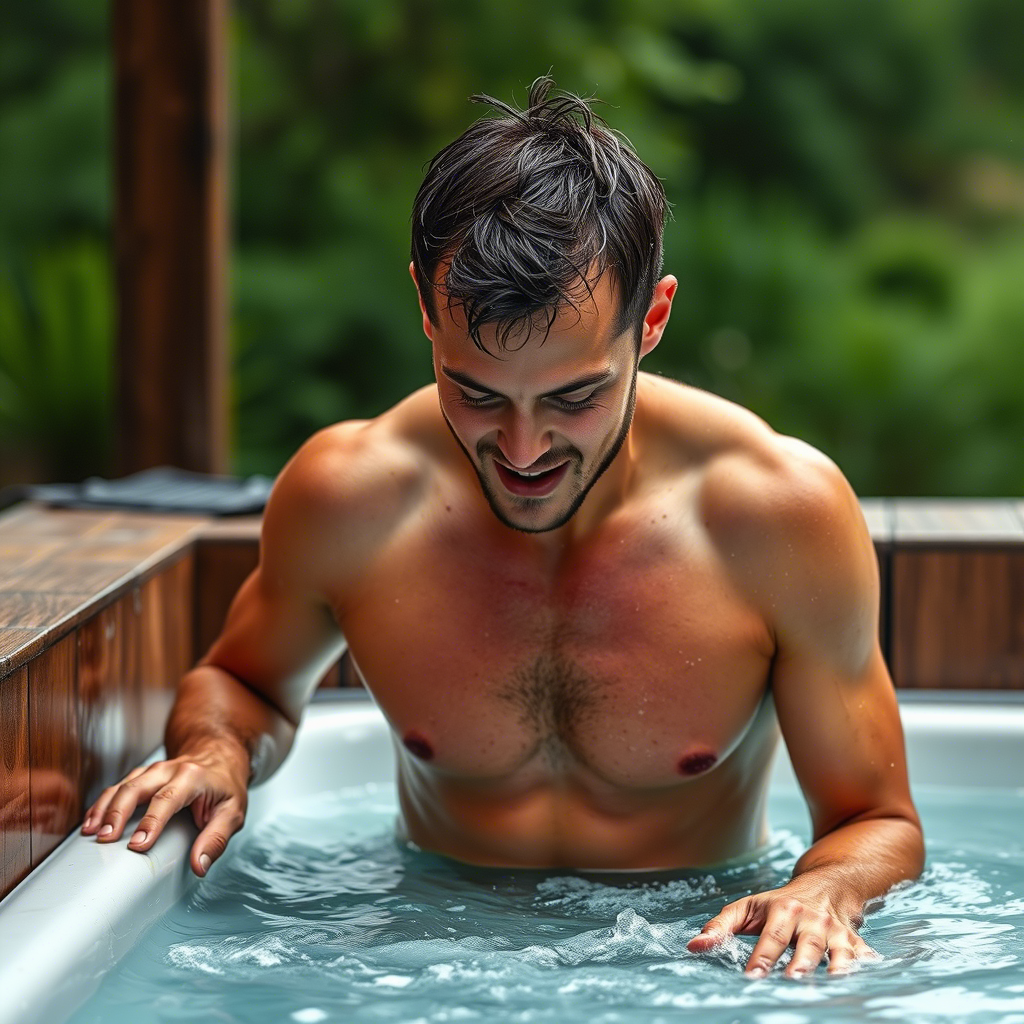
The immediate application of cold water after a workout can significantly reduce the severity of delayed onset muscle soreness (DOMS), allowing athletes to recover faster and train more frequently.
Enhancing Recovery and Performance
The primary goal of cold water therapy is to enhance recovery, thereby improving overall athletic performance.
- Faster Recovery: By reducing muscle soreness and inflammation, athletes can return to their training regimens sooner.
- Improved Mental Toughness: Regular exposure to cold water can build mental resilience, a crucial aspect of athletic performance.
- Enhanced Circulation: The repeated vasoconstriction and vasodilation improve circulation, ensuring that muscles receive adequate oxygen and nutrients.
Practical Applications and Safety Considerations
While cold water therapy is beneficial, its application requires careful consideration.
- Temperature and Duration: The ideal temperature for cold water therapy is typically between 10°C to 15°C (50°F to 59°F), and sessions usually last between 10 to 20 minutes.
- 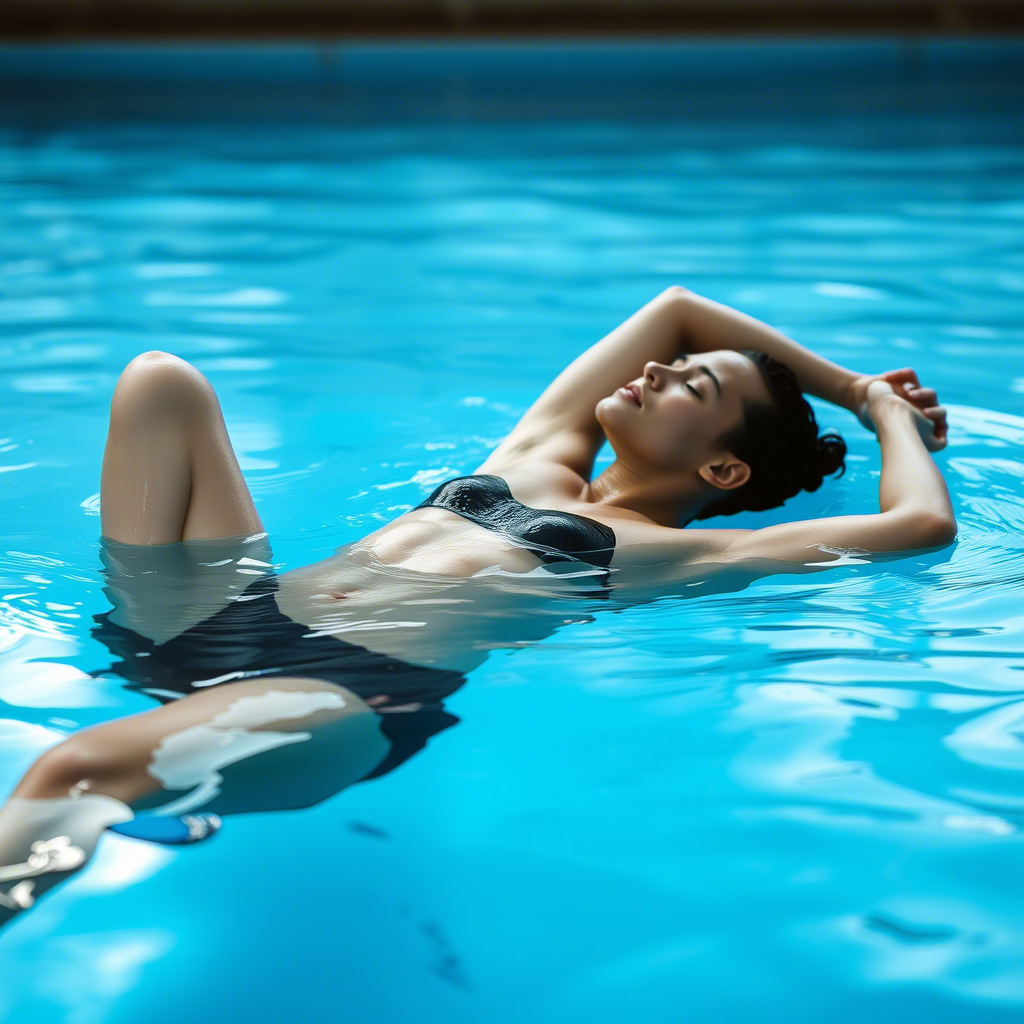
Athletes should start with shorter sessions and gradually increase the duration as they acclimate.
- Health Considerations: Individuals with certain health conditions, such as Raynaud's disease, should consult with a healthcare professional before starting cold water therapy.
Scientific Backing and Expert Opinions
The effectiveness of cold water therapy is supported by various studies and expert opinions.
- Research Findings: Studies have shown that cold water immersion can reduce muscle soreness and improve recovery after exercise.
- For more information on the science behind cold water therapy, you can visit the National Center for Biotechnology Information.
- 
- Expert Insights: Many sports scientists and physiotherapists endorse cold water therapy as a valuable recovery tool.
Implementing Cold Water Therapy in Training Regimens
To effectively incorporate cold water therapy into a training regimen, athletes should consider their specific needs and goals.
- Customization: The frequency and duration of cold water therapy sessions should be tailored to the individual's training schedule and intensity.
- Learn more about customizing your recovery techniques on the National Academy of Sports Medicine website.
Conclusion
Cold water therapy offers a range of benefits for athletes, from reducing muscle soreness and inflammation to enhancing mental toughness and improving circulation. By understanding its physiological effects and practical applications, athletes can harness the power of cold water therapy to improve their recovery and performance. As with any training or recovery technique, it's essential to approach cold water therapy with a well-informed strategy, considering individual health and training goals.

